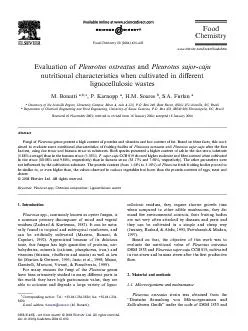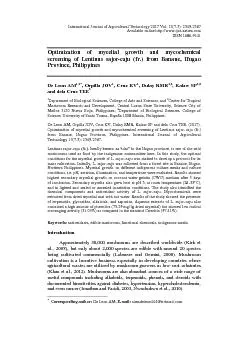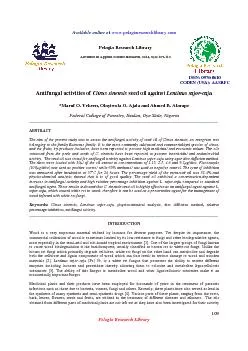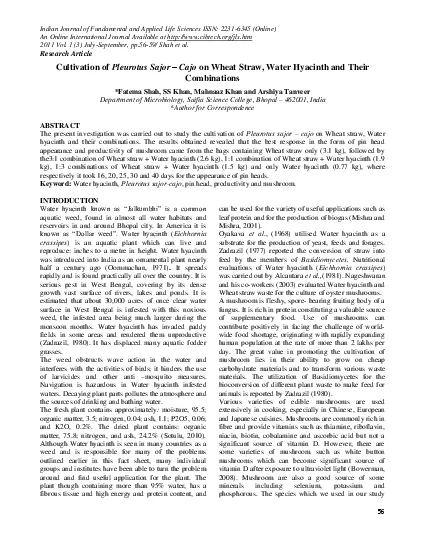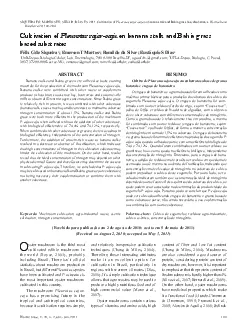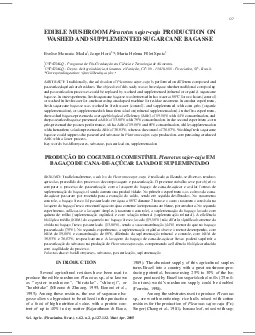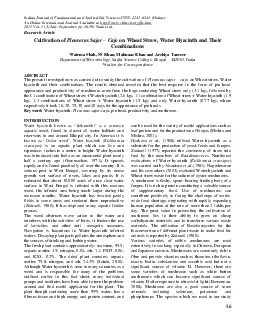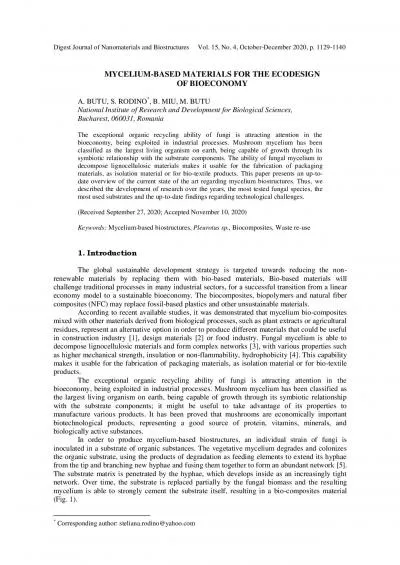PPT-Pleurotus sajor-caju
Author : badra | Published Date : 2022-06-18
Fr Sing has been extensively cultivated worldwide It is a saprophytic fungus that grows on watersoaked forests logs trunks and tropical tree stumps Mushroom mycelium
Presentation Embed Code
Download Presentation
Download Presentation The PPT/PDF document "Pleurotus sajor-caju" is the property of its rightful owner. Permission is granted to download and print the materials on this website for personal, non-commercial use only, and to display it on your personal computer provided you do not modify the materials and that you retain all copyright notices contained in the materials. By downloading content from our website, you accept the terms of this agreement.
Pleurotus sajor-caju: Transcript
Download Rules Of Document
"Pleurotus sajor-caju"The content belongs to its owner. You may download and print it for personal use, without modification, and keep all copyright notices. By downloading, you agree to these terms.
Related Documents


